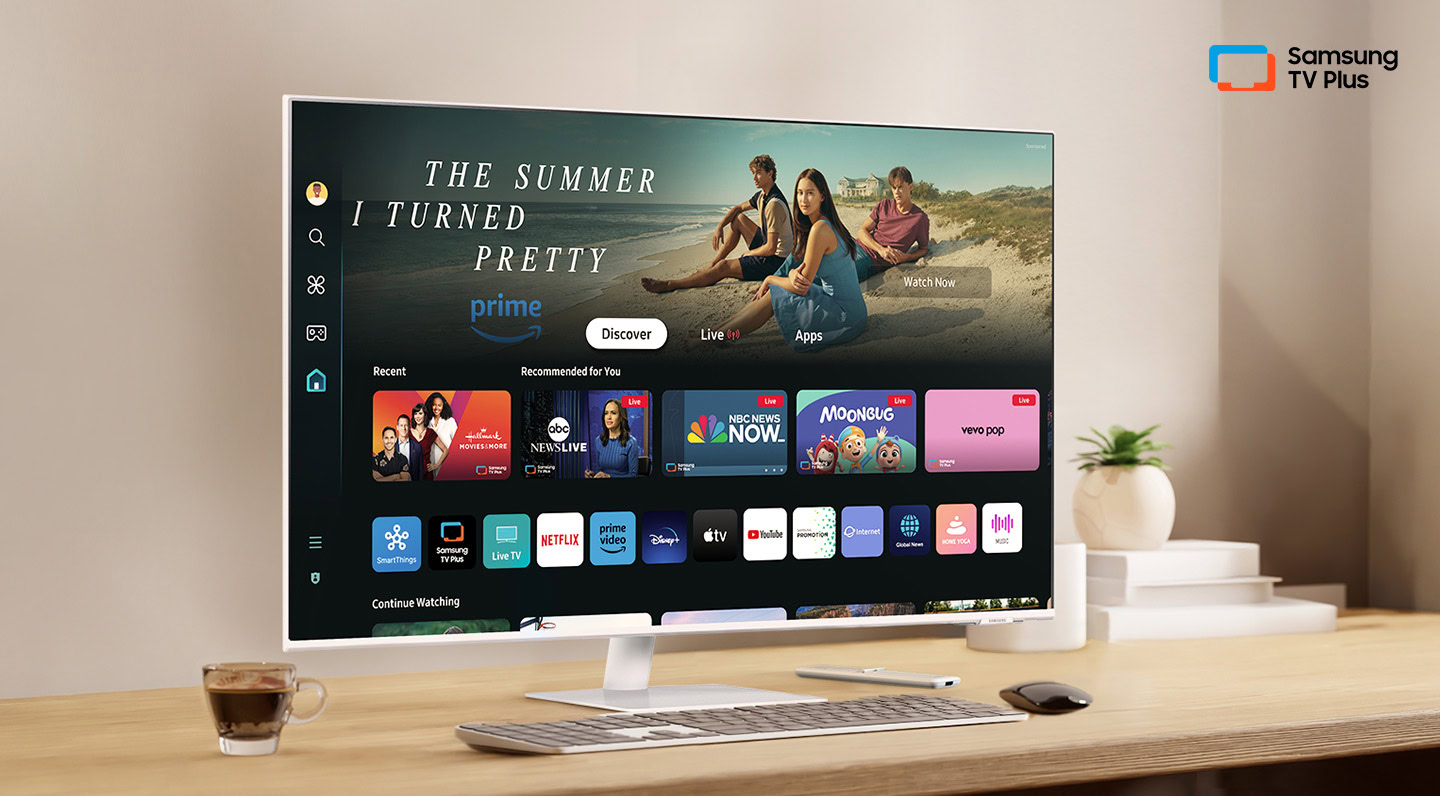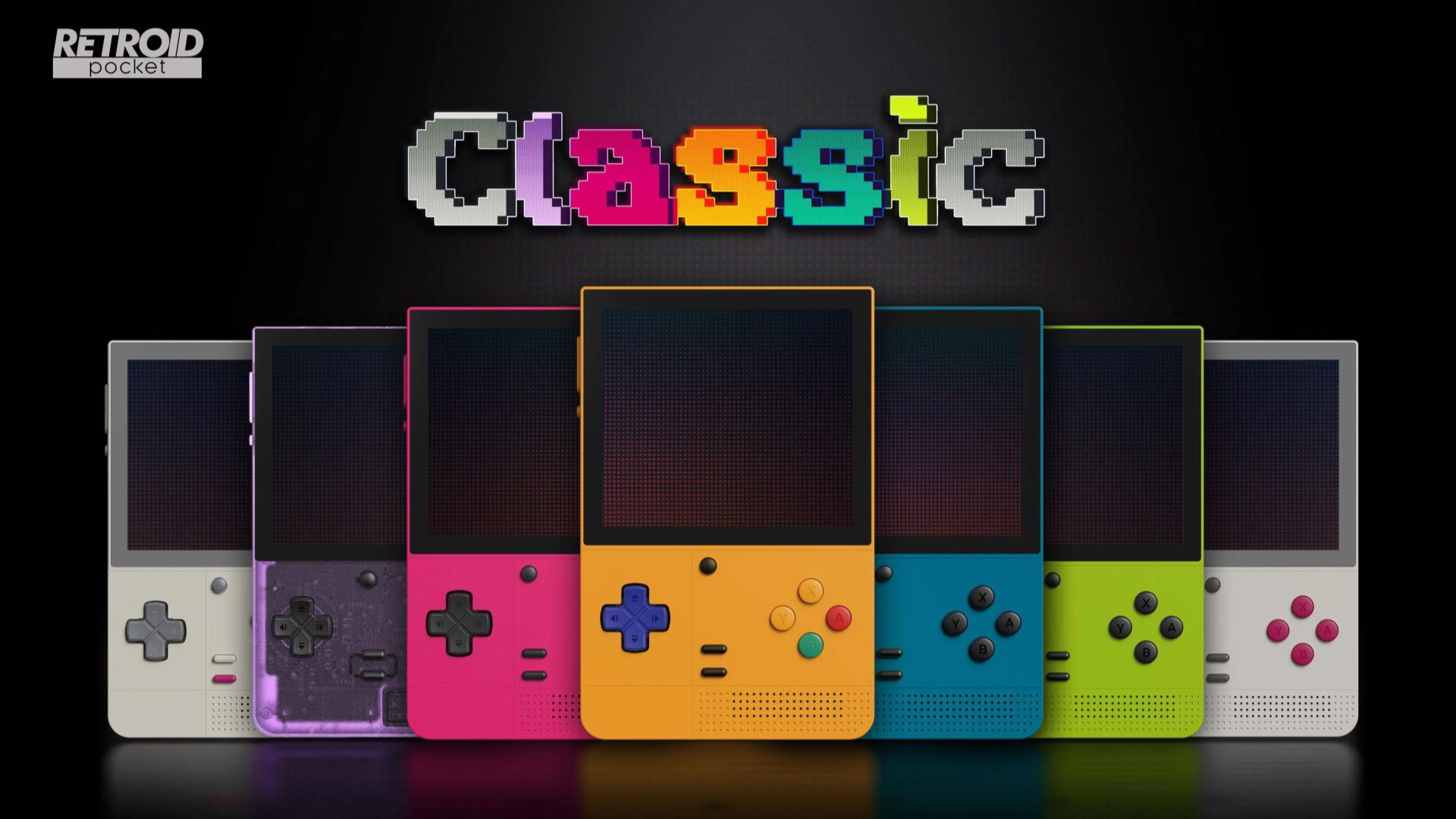Gaming Meets Real-World Sports: How Video Games Are Changing the Way We Trai
In recent years, the world of sports training has seen a radical shift, not just from advances in physical training methods but also from an unexpected source—video games. What was once seen purely as a form of entertainment has become a powerful tool for athletes, coaches, and teams to enhance their performance and improve their skills. From virtual reality simulations to motion-sensing technologies, video games erone are now influencing how athletes train, providing new ways to enhance physical abilities, mental focus, and strategic thinking. In this blog post, we’ll explore how video games are changing the landscape of sports training and what the future might hold.
The Rise of Sports Simulations
Sports simulations have long been a staple in the gaming world. Titles like FIFA, Madden NFL, and NBA 2K have allowed fans to virtually step into the shoes of their favorite athletes, controlling teams and competing in virtual versions of real-life sports. But these games have evolved beyond mere entertainment—they now offer valuable insights into strategy, gameplay, and even technique.
For instance, players of FIFA can learn the fundamentals of soccer tactics, understanding how formations and passing patterns can break down opposing defenses. NBA 2K lets players experiment with basketball plays and offensive strategies, which can be directly applied in real-world scenarios. Coaches and athletes have started using these games to study opponent behavior, learn new plays, and analyze performance without even stepping on the field or court.
Virtual Reality: A Game Changer for Training
One of the most innovative ways video games are shaping sports training is through virtual reality (VR). VR technology allows athletes to immerse themselves in virtual environments where they can train in hyper-realistic simulations of real-world sports scenarios. This goes beyond watching video footage or playing traditional games—it’s about creating an interactive experience that feels just like the real thing.
In sports like baseball, football, and soccer, VR training systems allow athletes to practice specific skills, such as perfecting a golf swing or enhancing a quarterback's throwing technique. For example, STRIVR, a VR training program used by NFL teams, offers virtual simulations of real game scenarios. Quarterbacks can use VR to practice decision-making under pressure, while wide receivers can train their reaction times and hand-eye coordination.
In addition to physical skills, VR helps athletes improve their mental game by simulating high-pressure situations, which can help with focus, stress management, and decision-making. The ability to train in a controlled, repeatable environment, without the need for a physical opponent, has proven to be invaluable for honing both physical and cognitive abilities.
Motion Capture and Biomechanics
Motion capture technology, once used only for creating realistic character movements in video games, is now being used in sports training to analyze an athlete's biomechanics. By using sensors and cameras to track movement, athletes and coaches can break down every motion, from running strides to tennis swings, in minute detail.
This allows for the identification of inefficiencies or imperfections in an athlete's technique, which can then be corrected. For example, tennis players can receive real-time feedback on the angle and speed of their serves, helping them optimize their motion for maximum power and accuracy. Likewise, runners can analyze their stride mechanics to improve speed and reduce the risk of injury.
As the technology becomes more advanced, it’s expected that motion capture and biomechanics will play an even bigger role in personalized training programs, allowing athletes to track their progress with unparalleled precision.
Esports: Building Skills for Real-World Athletes
While traditional sports games like FIFA or NBA 2K offer simulations of real sports, a new wave of esports is offering lessons in skill-building that can transfer to real-world athletics. Games like Rocket League (a soccer-based game played with cars) and Wii Sports provide opportunities for athletes to develop hand-eye coordination, spatial awareness, and reaction time—skills that are essential in virtually every sport.
Some professional athletes have even turned to esports as a way to train for their respective sports. For instance, NBA players have used NBA 2K to practice and refine their basketball IQ, while soccer players use FIFA to analyze strategies and team formations. The cognitive challenges presented in esports—such as quick decision-making, strategic thinking, and the ability to adapt to changing scenarios—are highly transferable to physical sports.
Enhancing Mental Toughness and Focus
A critical aspect of sports performance is mental toughness—the ability to stay calm, focused, and make quick decisions under pressure. Video games are increasingly being used to enhance this aspect of an athlete’s training. Many athletes use games as a tool to work on their mental acuity, sharpening their focus, and decision-making skills.
In particular, first-person shooters (FPS) like Call of Duty or real-time strategy (RTS) games like StarCraft require quick reflexes and strategic thinking, both of which are vital in high-pressure sports situations. The constant need to assess and react in real-time in these games mirrors the split-second decisions athletes must make in a live sports environment.
The Future of Video Games in Sports Training
As technology continues to evolve, the potential for video games to further transform sports training is vast. With the advent of advanced artificial intelligence (AI) and machine learning, future sports training games could adapt in real-time to an athlete’s performance, providing immediate feedback and creating personalized training programs.
Additionally, augmented reality (AR) could take things even further, allowing athletes to visualize data and stats in real-time during training. Imagine a soccer player being able to see their running speed or a basketball player viewing their shooting accuracy while on the court, providing them with the immediate feedback needed to make adjustments.
Conclusion
The world of sports training is undergoing a dramatic transformation, with video games playing an increasingly important role in shaping how athletes train and improve. From realistic simulations and VR experiences to motion capture and cognitive games, video games are not just changing the way we play sports—they are revolutionizing how we train for them. As technology continues to progress, we can expect even more innovations that will blur the lines between gaming and real-world athletics, opening up exciting new possibilities for athletes at all levels. The future of sports training is not just physical—it’s digital, interactive, and game-changing.
Tags:
What's Your Reaction?
 Like
0
Like
0
 Dislike
0
Dislike
0
 Love
0
Love
0
 Funny
0
Funny
0
 Angry
0
Angry
0
 Sad
0
Sad
0
 Wow
0
Wow
0
Related Posts
Experience Winning with Mahadev ID Today!
mahadevbookid Nov 30, -0001 0















































